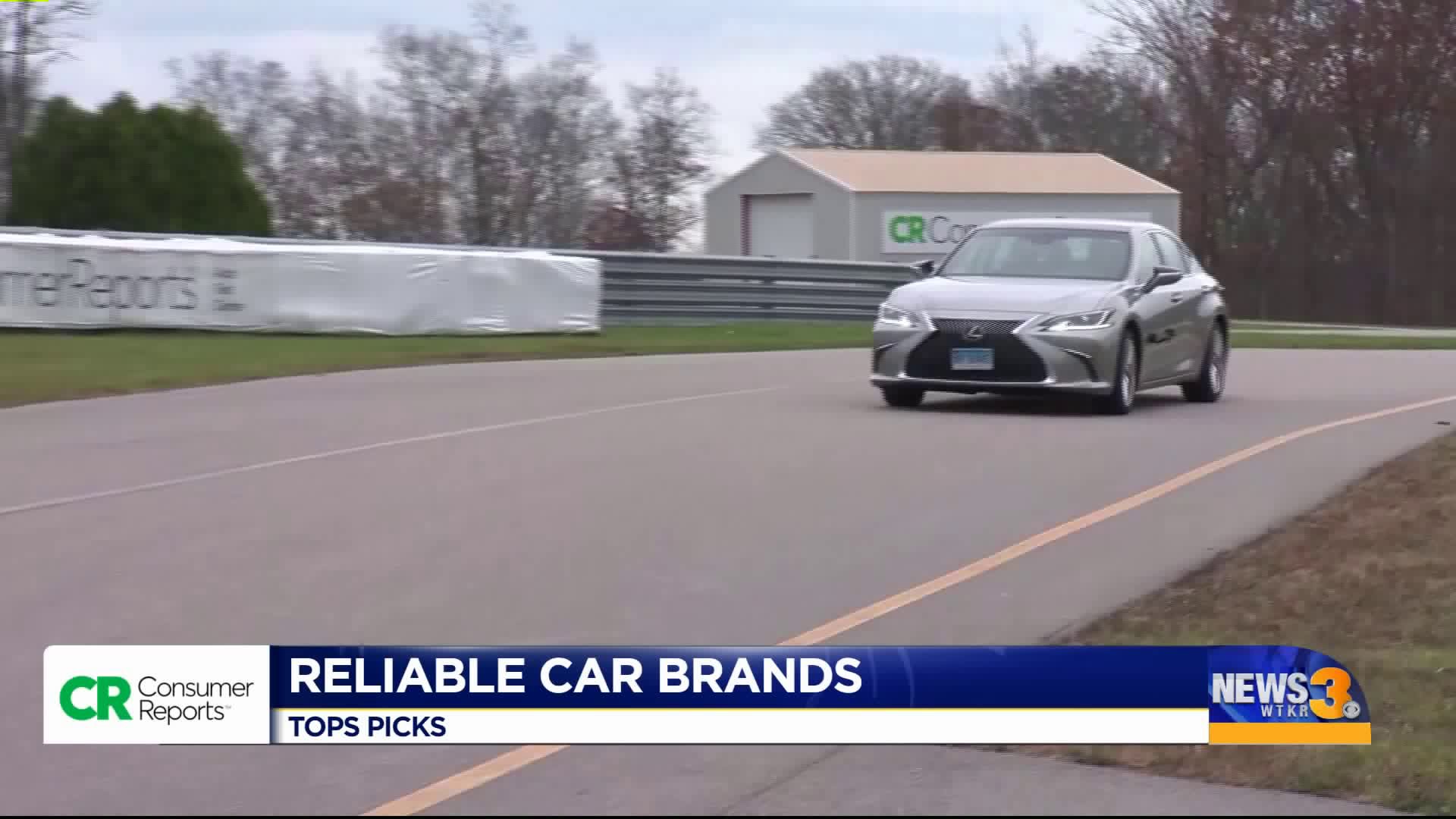Owners tend to have the best experience with the car, minivan, SUV or truck they bought when it was close to the end of the model’s production run, according to Consumer Reports' latest surveys. Those who opted for the first- or even second-year redesigned versions were likely to have to deal with more problems.
Below, to illustrate the point, Consumer Reports highlights six 2018 models that earned average or better reliability scores in last year’s survey, then after a 2019 redesign, suffered a drop to average or below-average reliability.
Find out why it pays to wait if you’re looking to get the most reliable new car.
What does ‘redesigned’ actually mean?
Despite terminology used in ads from manufacturers, any given car, minivan, SUV, or truck isn’t “all-new” every year. In fact, sometimes it isn’t any different from the year before.
However, during a model’s five- to seven-year life, before it’s updated entirely, there may be changes. The terms below explain the different types of changes.
Freshening: This refers to minor updates that can occur in the middle of an existing model’s production run, often done to drive up consumer interest. Sometimes this means styling tweaks—such as a new grille or headlight design, or new paint color and interior color combinations.
In other cases, the model might get an updated engine or transmission and/or an updated infotainment system. These keep the model competitive but avoid the huge costs of a full redesign.
For example, the Audi Q7’s freshening for the 2020 model year incorporates a new infotainment system, engine, and styling details.
Redesign: These are updated versions of a model that has been sold for at least one generation. For example, the Mercedes-Benz GLE and Ford Explorer are existing models that were completely redesigned for 2020.
These will often have new engines, transmissions, suspensions, advanced safety systems, and interior design.
Some redesigns will incrementally grow or shrink the size of the car. The more extensive or complicated the redesign, the higher the risk of reliability problems.
Some redesigns are the basis for future models. For example, the redesigned 2017 Subaru Impreza had extensive problems with in-car electronics, such as the backup camera.
Subaru addressed the concerns and incorporated the fixes into the redesigned 2018 Crosstrek SUV, which uses most of the same parts as the Impreza. That model didn’t have those problems.
All-new: When properly used, this term denotes a debut model, never built before, or one reintroduced after having been taken off the market for years, such as the Toyota Supra. Other recent examples of all-new models include the Audi E-Tron, Kia Telluride, and Cadillac XT6.
Some all-new models might share some major components with an existing model, such as the Cadillac XT6 and GMC Acadia SUVs. These can have fewer problems because some bugs already have been identified and sorted out.
CR buys and tests almost every all-new and redesigned model. We may test a freshened model if there are significant changes, such as a new engine and transmission.
This story was originally posted by Jon Linkov, Consumer Reports.


